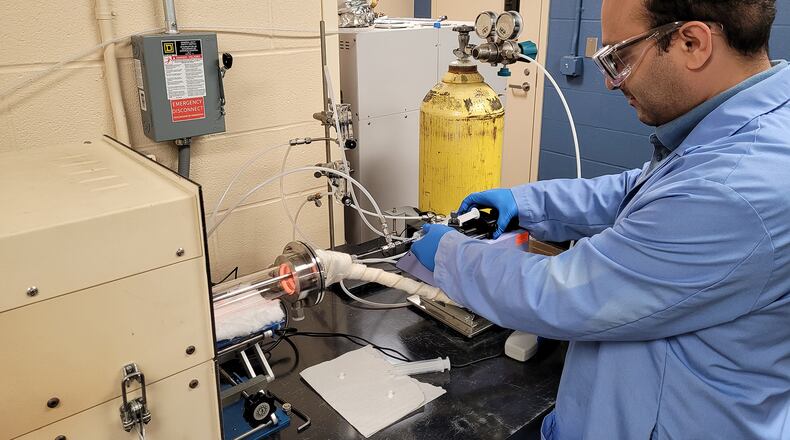PFAS are manmade synthetic chemicals developed in the 1940s and marketed in consumer goods by the 1960s. These substances exhibit a series of characteristics, such as heat resistance and water-repellent properties, that helped their widespread use in consumer goods markets. Because these substances are highly resistant to degradation, PFAS are also known as forever chemicals. Therefore, with repeated exposure, such as consuming breastmilk from a mother contaminated with PFAS, these tend to accumulate in the body and pose significant health risks even at a low dose. A similar effect is observed in the environment, where once contaminated, the soil or water cannot be cleared naturally and requires extensive and costly efforts for removal.
There is sufficient evidence to link PFAS exposure to several neurodevelopmental issues in children, including ASD, ADHD and IQ inhibitory effects. Other data shows a link between PFAS exposure and child detrimental immune effects, whereby children exposed to PFAS exhibit reduced immune reaction to stressors, although antibody production following vaccination does not seem to be affected. Considering these aspects, it can be argued that child exposure to PFAS via maternal milk presents significant development risks. Nonetheless, the PFAS levels at which these risks become imminent are not currently known.
Initially, PFAS were developed by private corporate actors who later expanded their product to the US Military, who further developed PFAS for military purposes. At the time of their development, independent animal trials were conducted by companies developing these substances to determine if PFAS would have any health impacts. And indeed, they did. However, these studies were made public only in early 2000, after massive lawsuits piled against one of the PFAS R&D companies, DuPont. During these trials, several court orders were issued that obligated the company to disclose internal documents related to PFAS development, including the animal test trials.
Currently, there is a global effort to remove and replace PFAS entirely, yet the human health damages done by PFAS in the US alone are estimated to be between $5 billion to $62 billion, for only five (childhood obesity, hypothyroidism in females, kidney cancer, testicular cancer, and low birth weight) out of the 13 diseases linked with PFAS exposure, including several types of cancers and endocrine dysfunctions. However, despite current PFAS clean-up efforts and funding for new regulations, to date, the cost of eliminating PFAS and other related chemicals from the environment is estimated to exceed the total global GDP at $106 trillion. In this context, massive class action lawsuits now gather around major PFAS producers and developers, with damages paid by these companies amounting to tens of billions of dollars.
Steps new mothers can take to minimize PFAS exposure
Although research shows that 97% of Americans have PFAS in their blood, prevention is still key, and one way to do this is minimizing exposure. To do this, it is advisable to have a complete understanding of PFAS sources. In terms of consumer goods, these can be anything from furniture to carpets, raincoats and cookware. Alternatives to these products are available on the market. Switching for these goods, as well as consulting manufacturer data on product composition can help avoid PFAS contamination.
Recently, the Food and Drug Administration (FDA) also banned all PFAS products that come into contact with food, such as wrappers, although trace amounts can still be detected in some of these products. A list of all these products containing PFAS can be consulted here. The Environmental Protection Agency (EPA) also made considerable efforts to remove any PFAS from consumer goods products and is currently working towards monitoring, identifying and eliminating such products from the US market. A timeline of the progress made in this respect can be seen here.
Another common source of PFAS contamination is groundwater, especially for people who live near military sites, PFAS manufacturing plants, or fire stations. In this case, the EPA recommends specific drinking water filters to avoid contamination. The agency also developed an interactive map showing PFAS contamination sites in private and public drinking water sources which can be consulted here. Special water filters are therefore recommended for anyone who lives in these areas. Setting these measures in place may substantially reduce the PFAS content in the blood and breastmilk of new mothers, and by default, minimize any contamination to infants.
In the meantime, research on PFAS content in breast milk for American mothers is necessary. Measuring levels of PFAS in maternal milk in the US could provide the necessary information to prompt new state action and regulations for PFAS decontamination and help support new mothers in reducing harm to their infants.
Stan Gottfredson is the President and CEO of Atraxia Law, a San Diego-based paralegal firm committed to assisting individuals affected by toxic exposure.
About the Author

